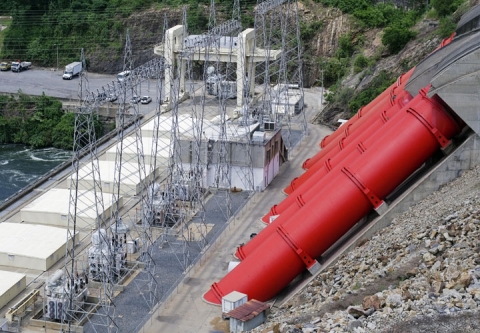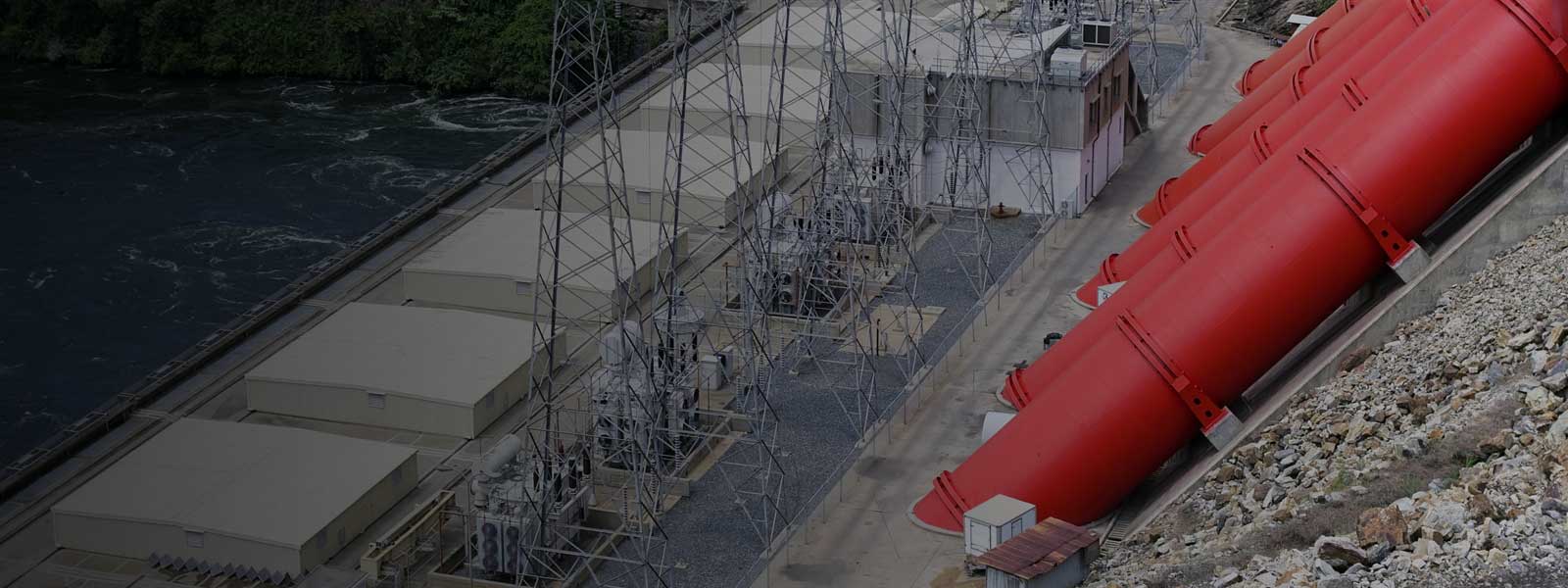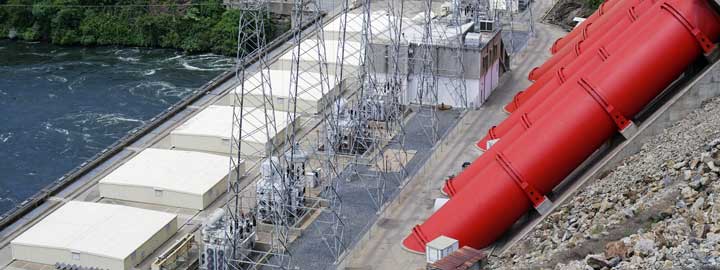The ICC Commission has released a new report on construction industry arbitrations, providing recommended tools and techniques for effective management of construction arbitrations. The report is intended primarily for arbitrators acting under the ICC rules, but its proposals are expected to be useful for parties and counsel alike.
Introduction
The new report issued by the ICC Commission on Arbitration and ADR1 entitled "Construction Industry Arbitrations: Recommended Tools and Techniques for Effective Management of Arbitrations" (the "Report") is an update of the "Final Report on Construction Industry Arbitrations" issued in 2001. The purpose of the Report is to provide updated practical guidance for the efficient handling of construction arbitrations, reflecting recent developments in construction arbitration, dispute avoidance, and the 2012 and 2017 revisions of the ICC Rules of Arbitration. The drafting group was co-chaired by Christopher Seppälä (FIDIC's representative on the ICC Court and Partner Of Counsel at White & Case Paris) and Aisha Nadar (Member of the FIDIC Board), and included experienced practitioners and renowned experts in the construction field from various regions.
The Report's main purpose is to set out recommendations for conducting arbitrations in the construction sector. The Report takes account of new and evolving forms of pre-arbitral dispute resolution mechanisms, which are intended to avoid disputes and reduce the number and scope of disputes that need to be arbitrated. The Report also describes case management techniques and procedural matters specific to construction arbitration, with a view to promoting expeditious and cost-effective proceedings. The Report seeks to accommodate the approaches of civil and common law systems, while also recognizing that, ultimately, arbitrators are responsible for deciding on the applicable procedural rules. This note provides a brief summary of the Report's main findings.
Selected Findings of the Report
Composition of the tribunal
The Report notes that construction arbitrations are "frequently more complex [than other types of commercial arbitrations]," that "they can generate difficult points of law and procedure related to specialised forms of contract" and that "they still seem to require many more documents to be examined than other types of disputes." The Report thus recommends that parties should consider the following key characteristics, among others, when selecting arbitrators for construction disputes:
- Familiarity with the construction industry;
- Familiarity with the main forms of construction contracts (such as FIDIC) and their interpretation; and
- Strong case management skills.
In addition, the Report refers to factors that are relevant to the selection of arbitrators in any industry, particularly availability and balance between the various members of the tribunal, including familiarity with the applicable system of law and diversity.
Interestingly, and although construction arbitrations may involve complex factual issues that are arguably best suited to a three-member tribunal, the Report suggests that the arbitration clause should provide for flexibility in the number of arbitrators ("one or more arbitrators"), and that parties should consider nominating a sole arbitrator in smaller value disputes (which, in the practice of the ICC Court, encompass disputes of a value of up to US$ 30 million). The Report adds that "[u]se of a sole arbitrator is understood to be common and to work well in England and certain other common law jurisdictions even for large disputes," while acknowledging that "this practice is not generally accepted in civil law countries which are more accustomed in their judicial system to having a panel of judges decide disputes."
Case Management Conference
The Report highlights that construction disputes require effective and disciplined procedural management and that, for this reason, the importance of the first case management conference2 ("CMC") "cannot be overemphasised."
The CMC is usually conducted prior to the issuance of the first procedural order and the procedural timetable, which serve as the roadmap for the arbitration. The Report lists a number of issues that may be usefully discussed at the CMC:
- Written submissions and evidence that the parties consider necessary to establish their case;
- The need for expert evidence, which is often of crucial importance in construction disputes (as further discussed below);
- The sequence of the proceedings, including issues of bifurcation;
- Whether a site visit may be required;
- Issues relating to document management;
- Translation and interpretation issues; and
- Settlement discussions and sealed offer procedures (as also discussed below).
It is indeed advisable to consider these issues at the outset of the arbitration. Site visits, for instance, can be very useful in assisting the arbitral tribunal to understand the case, yet they are often not contemplated at the beginning of an arbitration. Failure to do so may be problematic should the need for a site visit only be identified lateras the members of the tribunal may have less availability, and/or the works may have progressed so as to fundamentally alter the appearance of the work site. The Report also cautions that "[w]hile often useful, site visits must be justified by their benefits and cost-savings."
Similarly, issues in connection with document management (such as access to project documentation databases) are frequent in large construction disputes, and it may be appropriate for the parties to consider and address these issues at an early stage of the arbitration. As stated in the Report: "It is recommended that tribunals should raise issues relating to documents early on with counsel, ideally at the first case management conference and, after consultation with the parties about their preferences, issue directions relating to document control and communication."
Procedural Timetable
The Report recognizes that, in establishing the procedural timetable, arbitral tribunals must balance two potentially contradictory goals, namely the expeditious resolution of the dispute and the need for each party to properly set out its case in the appropriate level of detail. To achieve the proper balance in the particular of construction arbitrations, the Report recommends that due consideration should be given to the following issues:
- Applicability of the Expedited Procedure Rules;3
- Preliminary determinations on issues such as jurisdiction and admissibility;
- Number and order (simultaneous or sequential) of written submissions;
- Procedure for document disclosure; and
- Hearings.
Bifurcation / Splitting the Case
Appendix IV to the ICC Rules (which sets out certain recommended case management techniques) provides that tribunals may decide to bifurcate the proceedings or render one of more partial awards "when doing so doing may genuinely be expected to result in a more efficient resolution of the case."
Consistent with this principle, the Report notes that construction arbitrations may be particularly appropriate for bifurcation as "[c]onstruction cases can involve parties having a matrix of claims and counterclaims by and against one another." It is indeed common for construction arbitrations to be divided in successive stages (e.g., liability / quantum, or multiple "tranches" of claims).
The Report refers to the following considerations, among others, as being relevant in ascertaining the appropriateness of bifurcation:
- Whether the relevant issues or claims are susceptible of being adjudicated separately;
- Whether bifurcation would result in potential cost savings;
- Whether bifurcating would expedite or, on the contrary, delay the proceedings; and
- The prima facie likelihood of success of the party seeking bifurcation.
The Report notes that "[d]ecisions about splitting a case into parts should be left until it is clear that it will be sensible and cost-effective to do so" and that "[i]n practice, it often makes sense to address any such decision after the parties have presented their statements of case." In certain complex construction disputes, it may indeed be difficult for the tribunal to evaluate the need for bifurcation prior to the first round of substantive submissions.
Time-Related Issues
Construction disputes frequently involve delay or other time-related elements. The Report observes that the Society of Construction Law's Delay and Disruption Protocol, the American Society of Civil Engineers' Standard ASCE 67-17 Schedule Delay Analysis and the Association for the Advancement of Cost Engineering International Recommended Practice No. 29R-03 Forensic Schedule Analysis are "helpful guides and sources of information." These guidelines are often referred to by parties and experts in the context of time-related disputes, although it is important always to remember the primacy of the applicable law.
The Report also recommends that the parties' respective delay / scheduling experts should meet at an early stage of the proceedings, particularly to identify – to the extent possible – a common baseline and methodology.
The Report also notes that critical path analysis methods are commonly used and that it would be reasonable to expect the parties to also use these methods in presenting their respective cases.
Experts
Because construction disputes frequently raise complex technical issues, they often require extensive input from various types of experts, which input may have a significant influence on the tribunal's ultimate decision. The Report sets out a number of recommendations regarding the use of experts in construction disputes.
First, the Report observes that "in construction arbitrations there can be confusion about whether or not expertise is required" and, consequently, recommends that the tribunal consult the parties at the CMC to whether expertise is needed and, if so, in what disciplines. One of the goals of this recommendation is to avoid resort to expert evidence if, for instance, the relevant matters could be proved in other ways.
The Report also recognizes that "it is now common for parties to use experts as consultants" and notes that the "tribunal will need to differentiate the testimony from truly independent experts and that from such consultants". This is an important point, especially in relation to claims consultants, whom contractors frequently use to prepare their claims during the project execution stage and/or before dispute boards.
Second, the Report recommends that tribunals and parties should seek to limit the potential for, and scope of, disagreement between experts by requiring that "experts should discuss their views with each other either ideally before or otherwise after preparing their reports, as most independent experts eventually see eye-to-eye on many things." The Report also notes, in this context, that expert conferencing (also known as "hot-tubbing") may be a useful tool, but that tribunals should only resort to this option after "careful consideration," particularly if such conferencing is intended to replace cross-examination. Such warning is appropriate as, in practice, expert conferencing has a number of pitfalls.
Hearing(s) on the Merits
The Report recommends that the parties should decide on the allocation of time for the hearing, or that the tribunal should "itself draw up and abide by a strict timetable, unless to do so would be unjust". Consistent with arbitral practice, the Report also states that "factual witnesses should be heard ordinarily before the experts' reports are considered, since the questioning of a factual witness may require an expert to modify or withdraw an opinion or provisional conclusion."
Settlement and Sealed Offers
The Report recognizes that parties are free to settle their dispute at any time during the proceedings and that they may also resort to other forms of ADR, such as mediation, to assist them in this goal.
A significant development in the field of construction arbitration is the new ICC procedure for the use of the "sealed offer".4 In this context, the Report highlights that "[t]he arbitral tribunal should also consider consulting the parties at an early stage (e.g. at the first case management conference pursuant to Article 24 of the ICC Rules) and inviting them to agree on a procedure for the possible use of sealed offer(s) in the arbitration"and that "[t]he [ICC] Secretariat may assist the parties to put information relating to certain unaccepted settlement offers, and related correspondence, commonly referred to as ‘sealed offer(s)', before an arbitral tribunal at the appropriate time (i.e. after the tribunal has decided the merits and is about to decide the issue of costs and how they are to be allocated)."
Conclusion
Arbitrations in the construction industry are frequently more complex than other types of disputes. They require, on the part of arbitral tribunals, strong case management skills in order to achieve an efficient and cost-effective resolution. The Report, which builds on the ICC Court's long experience in administering construction arbitrations and recent developments, provides a comprehensive set of recommended practices for arbitrators, parties and counsel to assist them in handling such cases.
Click here to download PDF.
1 Alternative Dispute Resolution
2 ICC Rules, Article 24
3 ICC Rules, Appendix VI
4 See C. Seppälä, P. Brumpton and M. Coulet-Diaz, "The New Assistance ICC Provides to Protect the Confidentiality of a 'Sealed Offer'", ICC Dispute Resolution Bulletin 2017 (issue 1), p. 84. The article describes the sealed offer procedure and its use in ICC Arbitration and includes as an Appendix a model form of sealed offer letter.
This publication is provided for your convenience and does not constitute legal advice. This publication is protected by copyright.
© 2019 White & Case LLP







 View full image
View full image  View full image
View full image 






 View full image
View full image 


































































 f
f





